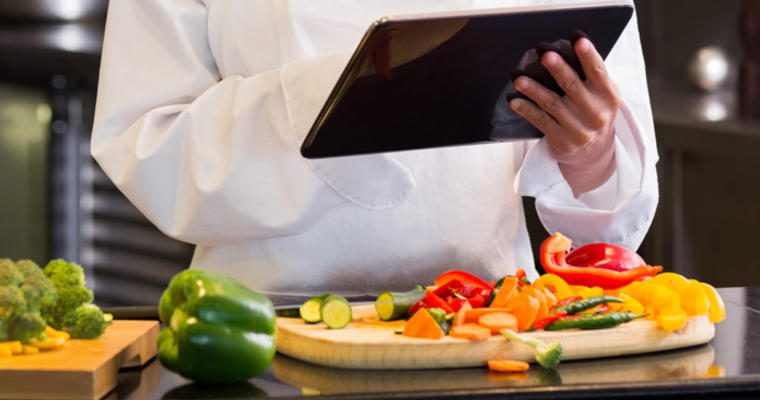There is so much data out there, it’s easy to drown in the swirl. Too much data and a lack of focus can result in an affliction known as DRIP (data rich, information poor) syndrome. Starting small is one way to avoid DRIP problems. When analyzing healthcare menu program data, applying the information to solve one challenge or goal at a time can lead to long-terms success.
Let’s take a look at some of the biggest challenges healthcare operators face. With each one, we’ll offer ways you can look at data and the information it provides to build a solution.
Challenge: Food costs are too high
- Run a costing report on your menu.
- Analyze what days and meals are over budget. If you have a more expensive entrée for a meal, could you offset that cost by having lower-cost sides and/or dessert?
- Is there an opportunity to use a lower-cost product without sacrificing the quality or flavor (e.g., chicken thighs instead of chicken breasts)?
- For meals that are most expensive, are they meals your residents love? If not, consider removing them from the menu.
- Do you serve guest meals or staff meals? Do you charge for these? If not, do you have a way of tracking and accounting for them?
Challenge: Labor costs are too high
- Analyze your workflow and what meals take the longest to prepare.
- Compare the cost of a ready-to-use product to reduce the time spent washing, chopping, etc.
- If there is a labor-intensive entrée, consider pairing it with speed-scratch or convenience-type sides or desserts, or look at recipes you can prepare ahead to reduce prep time before service.
- Analyze the meals on your menu that are hard for your staff to prepare. Is this a meal residents really love? If not, should it come off the menu? If so, is there a training opportunity, or could you adjust the recipe to decrease the amount of prep time?
- Think about the work schedule and your menu. Is there an opportunity to adjust shifts to have more recipes prepared ahead, or have some shifts overlap to increase productivity? Look at your menu to identify opportunities.
Challenge: High amounts of food waste
- Are your recipes standardized in your menu program? If so, is your staff using them? If not, work on standardizing them. Measuring tools, such as scales and scoops, create recipe consistency, control portion size and reduce waste. This also reduces food costs.
- Does your menu have a small portions diet? If not, consider creating one and recommending it for light eaters.
- Do a plate waste audit. Note what is left behind and update tray cards for residents accordingly. (For example, do not keep sending orange juice every morning to Mr. Jones if it keeps coming back untouched.) Are there certain recipes or meals that result in more waste? Look at changing those recipes or removing them from the menu. Review the following articles for more details on tracking food waste.
- Does your menu program have the ability to create census-based production sheets where you can put in percentages for menu items? If so, consider it. (For example, if you have 100 residents and think 75 percent will take the meatloaf and 25 percent will take the baked chicken, you would only make about 75 meatloaf entrées and 25 baked chicken entrées instead of 100 each.) You also can track amounts left over and adjust percentages the next time that meal is served.
Challenge: Poor satisfaction scores for resident meals
- Bring your menu to the Resident Council and work with residents on what they want changed, added or removed. Make adjustments as you are able.
- Do you use a tray line? If so, do a tray line audit to make sure residents are getting what they want. (Note preferences and dislikes on tray cards.)
- Meet with residents periodically to update preferences on tray cards in the menu program.
- Does your menu program have a tray ticket component? It takes into account the resident’s diet along with allergies and dislikes to create a customized menu. If your program has a tableside component, it can be used by residents to pick exactly what they want right before the meal is served, similar to restaurant ordering.
- Make sure your recipes are standardized. A recipe should taste the same no matter who is cooking it, just like you would expect when you order your favorite restaurant meal. If a certain cook is making recipes with better results than other staff members, figure out why. Are they following the recipe and someone else isn’t? Are they not following the recipe, but preparing it in a way that tastes better? If so, adjust the recipe in your menu program so everyone makes it that way.
These are just a few ways to narrow down the data in your menu program to reduce costs, enhance kitchen efficiency and improve satisfaction scores. To learn more about making decisions using data, please sign up for our May webinar: Got Data? The Answer to Making the Best Decisions for Your Foodservice Operation in Your Community.
If you do not have a menu program and are interested in learning about Cycle Menu Management, check out our online solutions.











